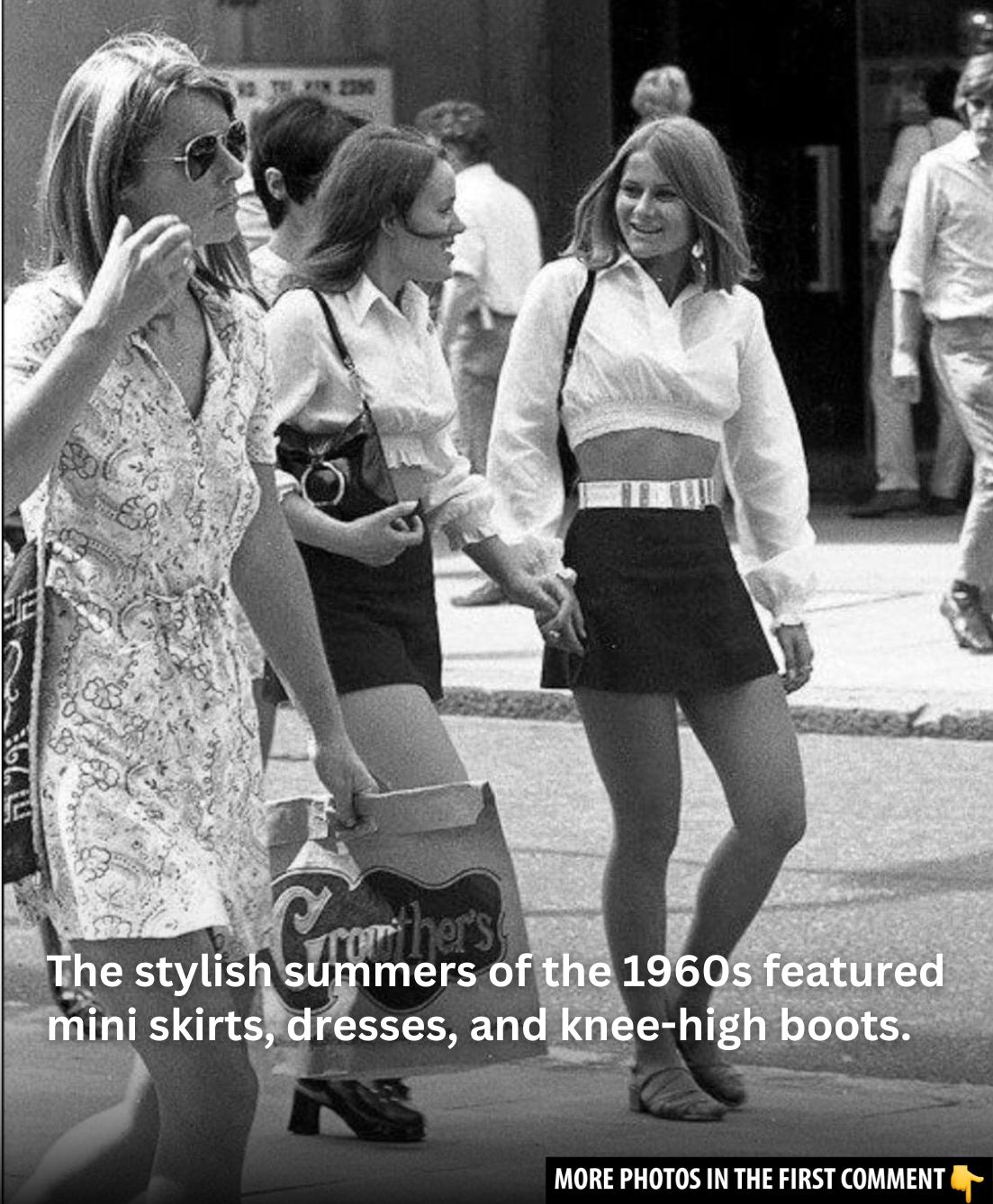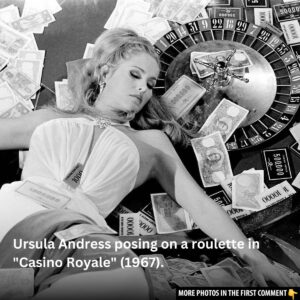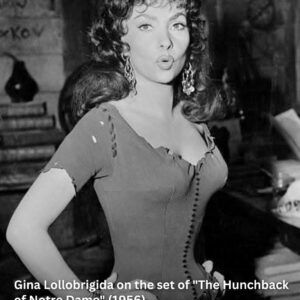The 1960s marked a period of seismic change in fashion, culture, and society. One of the most iconic symbols of this transformative era was the miniskirt, a garment that challenged conventions, sparked debates, and became a powerful symbol of feminine rebellion. With its hemline daringly rising above the knee, the miniskirt redefined women’s fashion and represented a new era of freedom and self-expression. This article explores the rise of the miniskirt, its cultural significance, and its lasting legacy in the world of fashion.
The Birth of the Miniskirt

The miniskirt’s creation is often attributed to two pioneering designers: Mary Quant and André Courrèges. Mary Quant, a British fashion designer, is widely recognized for popularizing the miniskirt in the mid-1960s. Drawing inspiration from the youthful energy and rebellious spirit of the times, Quant sought to create a garment that was both bold and liberating. Her miniskirt, measuring several inches above the knee, was a radical departure from the longer, more conservative skirts of the 1950s.
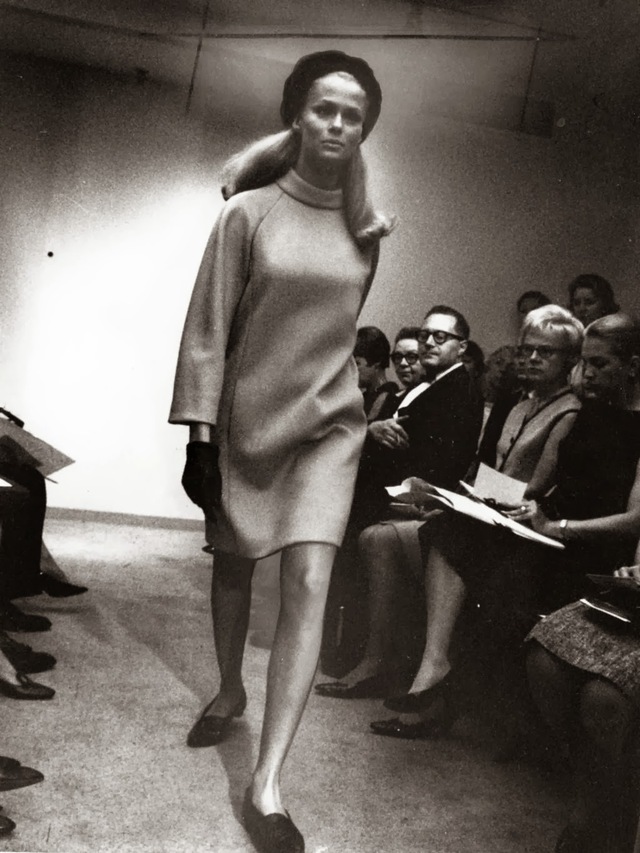
Meanwhile, French designer André Courrèges is also credited with revolutionizing women’s fashion during this period. His geometric and futuristic designs, including the miniskirt, brought a fresh, modern sensibility to the fashion world. Though there’s some debate about who truly “invented” the miniskirt, both designers played a crucial role in its rise to fame. The miniskirt was a product of its time, reflecting the cultural shifts that were taking place, especially the growing sense of female empowerment and freedom.
Video
Be sure to watch the video “Top 10 Defining Moments of 1960s America” to explore the key events that shaped the decade.
Cultural Context: Feminism and the Miniskirt
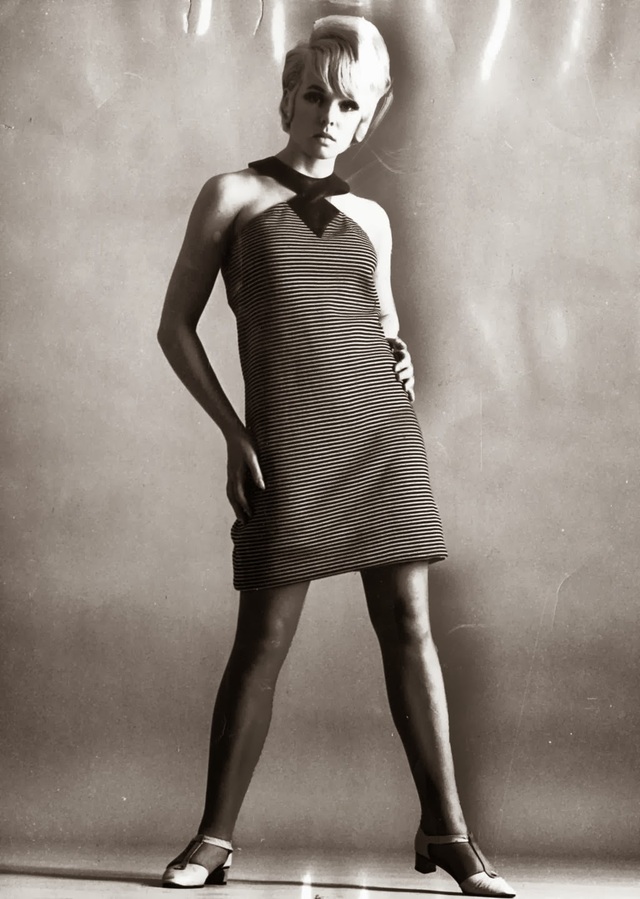
The 1960s were a time of great social and cultural upheaval. The feminist movement was gaining momentum, and women were pushing against traditional gender roles. The miniskirt, as a fashion statement, was deeply tied to the evolving role of women in society. No longer were women bound by the restrictive, formal styles of the past; instead, the miniskirt allowed them to express themselves in a way that was daring and new.
The miniskirt also embodied the spirit of sexual liberation that was beginning to take hold in the 1960s. As women increasingly gained control over their bodies and their sexuality, the miniskirt became a symbol of this newfound freedom. It was a garment that exuded confidence, and for many, it was an empowering choice that allowed them to break free from the societal expectations that had long defined women’s fashion.


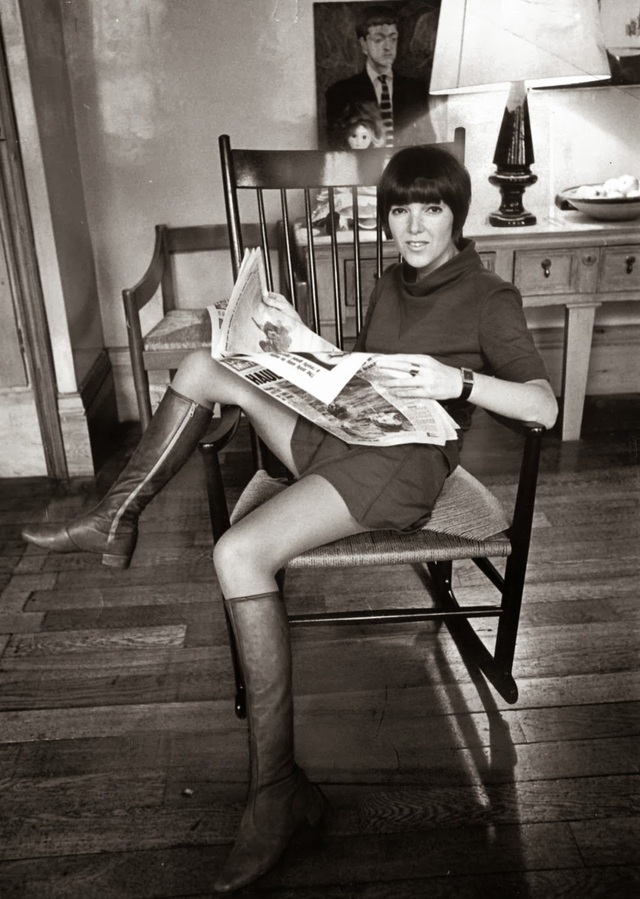
From Fashion Controversy to Iconic Symbol

Despite its revolutionary impact, the miniskirt was not without its critics. Many saw it as inappropriate or indecent, with some even deeming it immoral. The garment sparked debates about modesty, femininity, and the changing roles of women in society. For those who embraced it, however, the miniskirt was a powerful statement of independence. It represented a rejection of the old-fashioned norms that had once defined women’s fashion.
By the mid-1960s, the miniskirt had moved from the fringes of fashion to the mainstream. Designers were incorporating it into their collections, and it was being worn by women everywhere—from fashion-forward models to everyday women seeking a way to embrace the changing times. As the years went on, the miniskirt became synonymous with the swinging sixties, a decade defined by its sense of fun, freedom, and experimentation.
Legacy of the Miniskirt
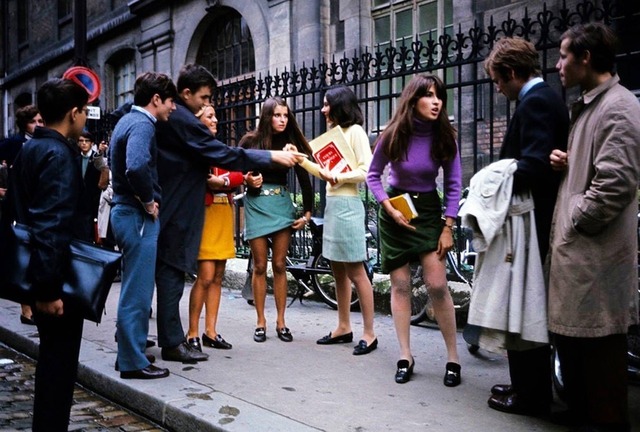
The influence of the miniskirt extends far beyond the 1960s. While it may have originated as a symbol of rebellion, the miniskirt has since become an enduring staple in the world of fashion. Over the years, designers have continued to incorporate shorter hemlines into their collections, often drawing on the miniskirt’s legacy to create new and exciting interpretations.
The miniskirt paved the way for more progressive changes in women’s clothing. It helped break down the traditional barriers between men’s and women’s fashion, and it opened the door for future generations of women to explore their personal style. The miniskirt also influenced other areas of fashion, including the rise of high-heeled boots, tights, and bold accessories. It became an enduring symbol of confidence, youth, and the spirit of the times.
Today, the miniskirt is as relevant as ever. While its popularity may have waxed and waned over the years, it remains a fashion icon that continues to inspire designers, fashion enthusiasts, and women around the world. Its legacy is seen in the diverse range of styles, silhouettes, and hemlines that grace runways and streets, and it’s clear that the miniskirt’s impact on fashion is far from over.
Gallery: Iconic Miniskirt Moments


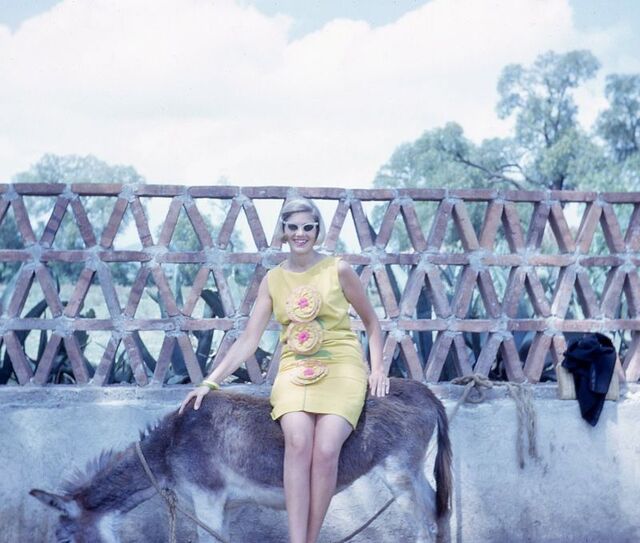
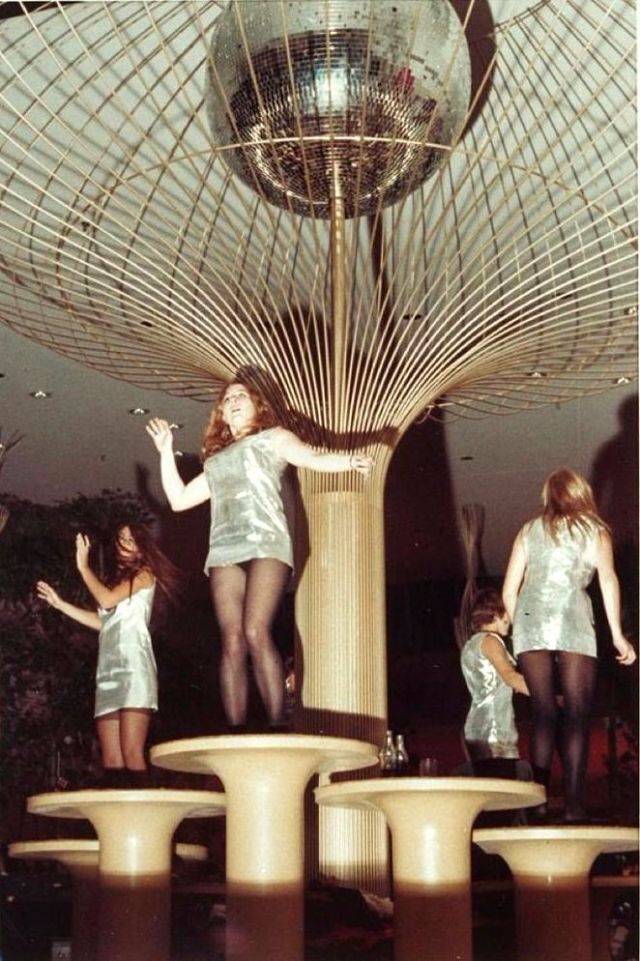

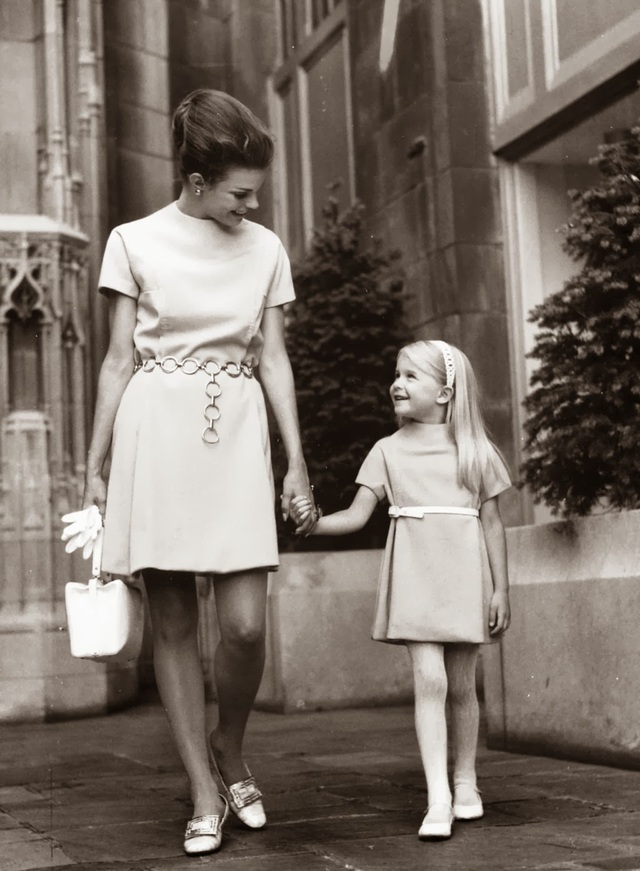







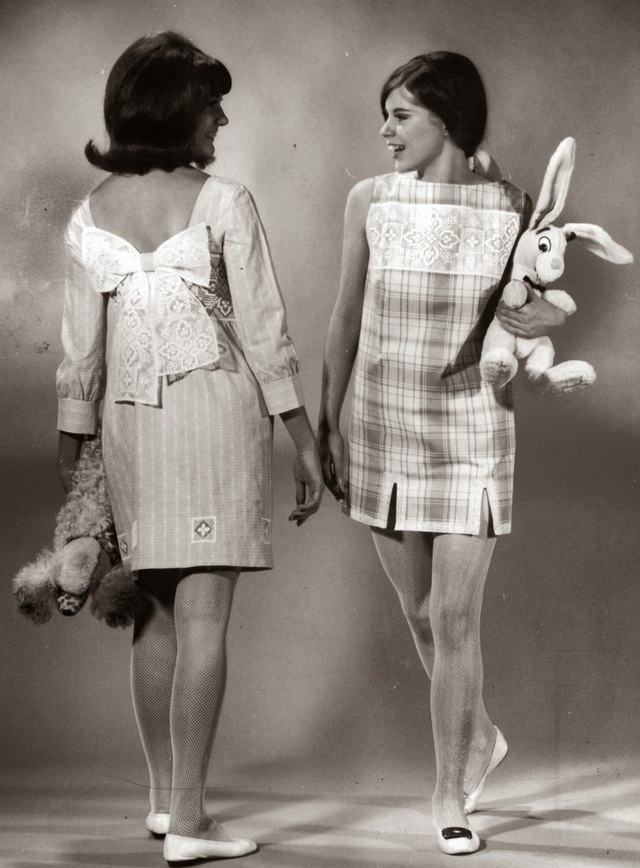



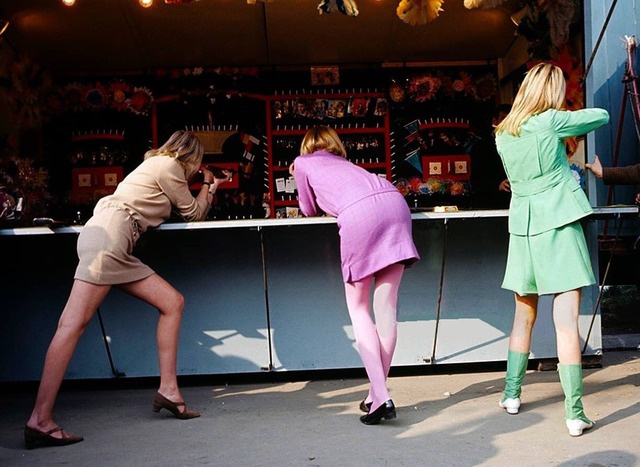



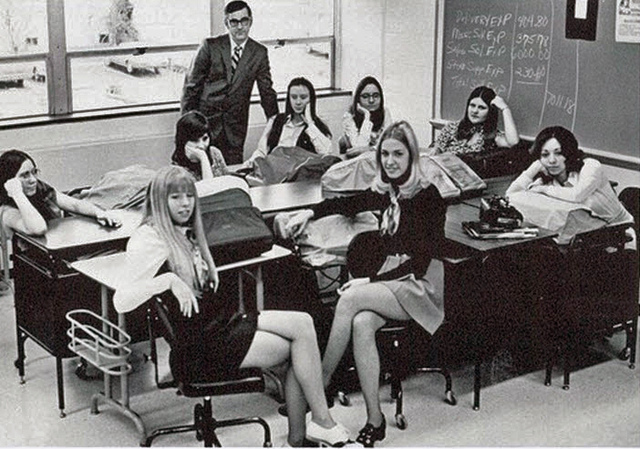




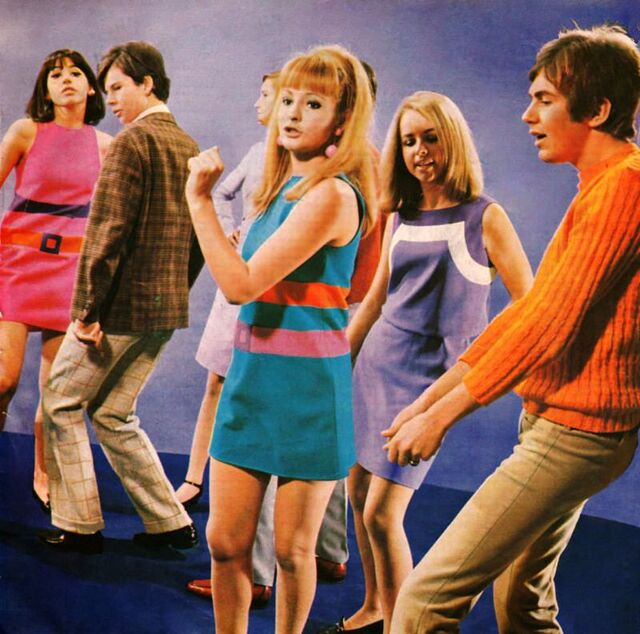

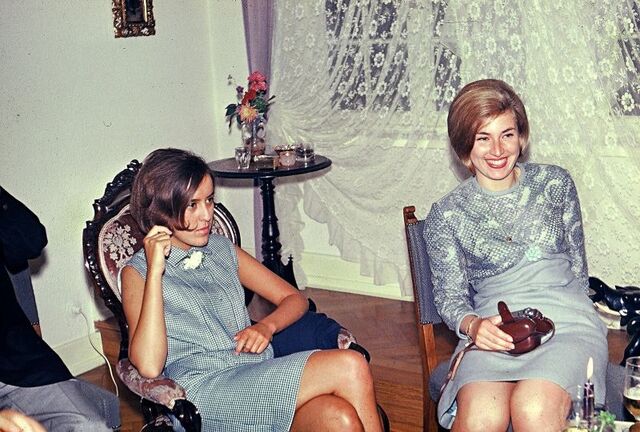
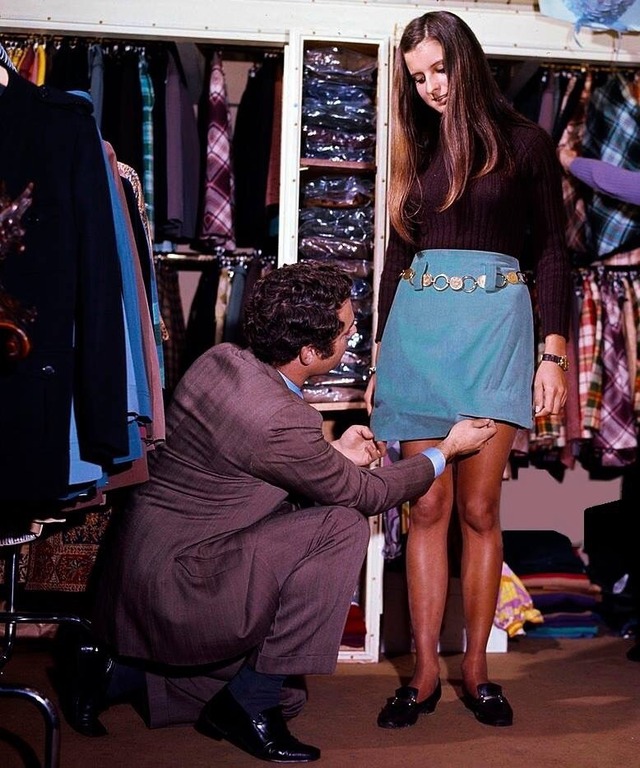

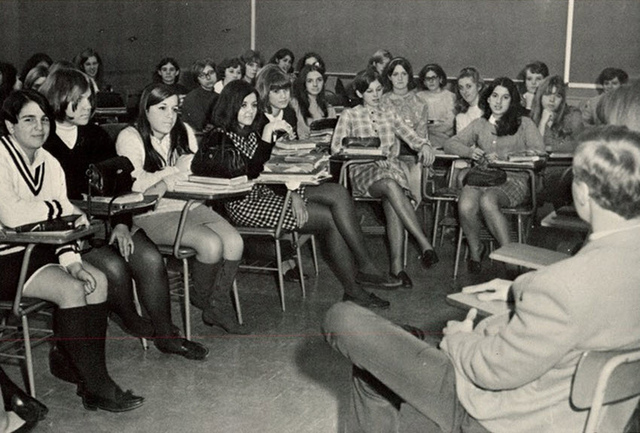





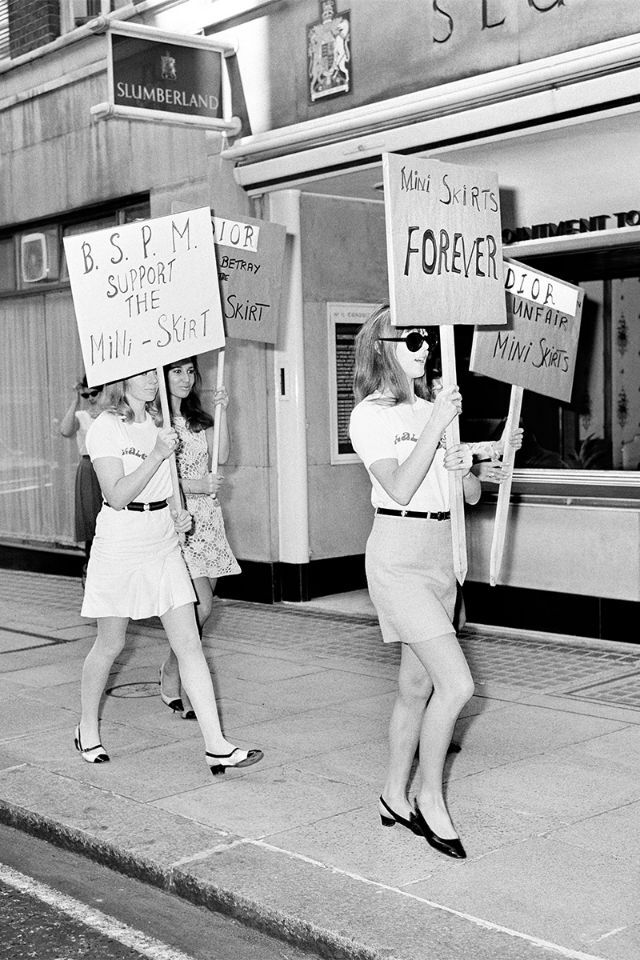
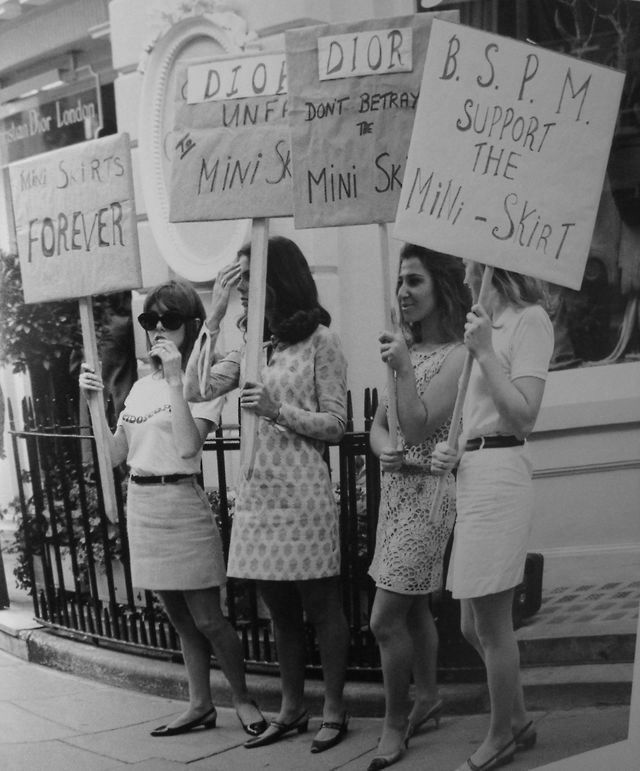
Video
Watch the video “This Meant You Were Rich in the 1960s” to find out what symbols of wealth defined the era.
Conclusion: The Enduring Power of the Miniskirt
The miniskirt was more than just a trend; it was a cultural shift, a symbol of women’s liberation, and a statement of individuality. It not only redefined fashion but also played a crucial role in challenging societal norms and empowering women to express themselves freely. Though it may have sparked controversy in its time, the miniskirt remains an enduring symbol of progress and change. As fashion continues to evolve, the miniskirt will always be remembered as one of the most iconic garments in modern history.
